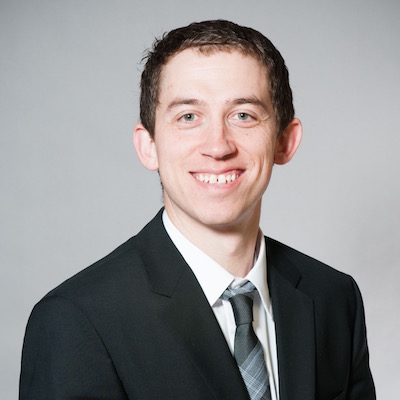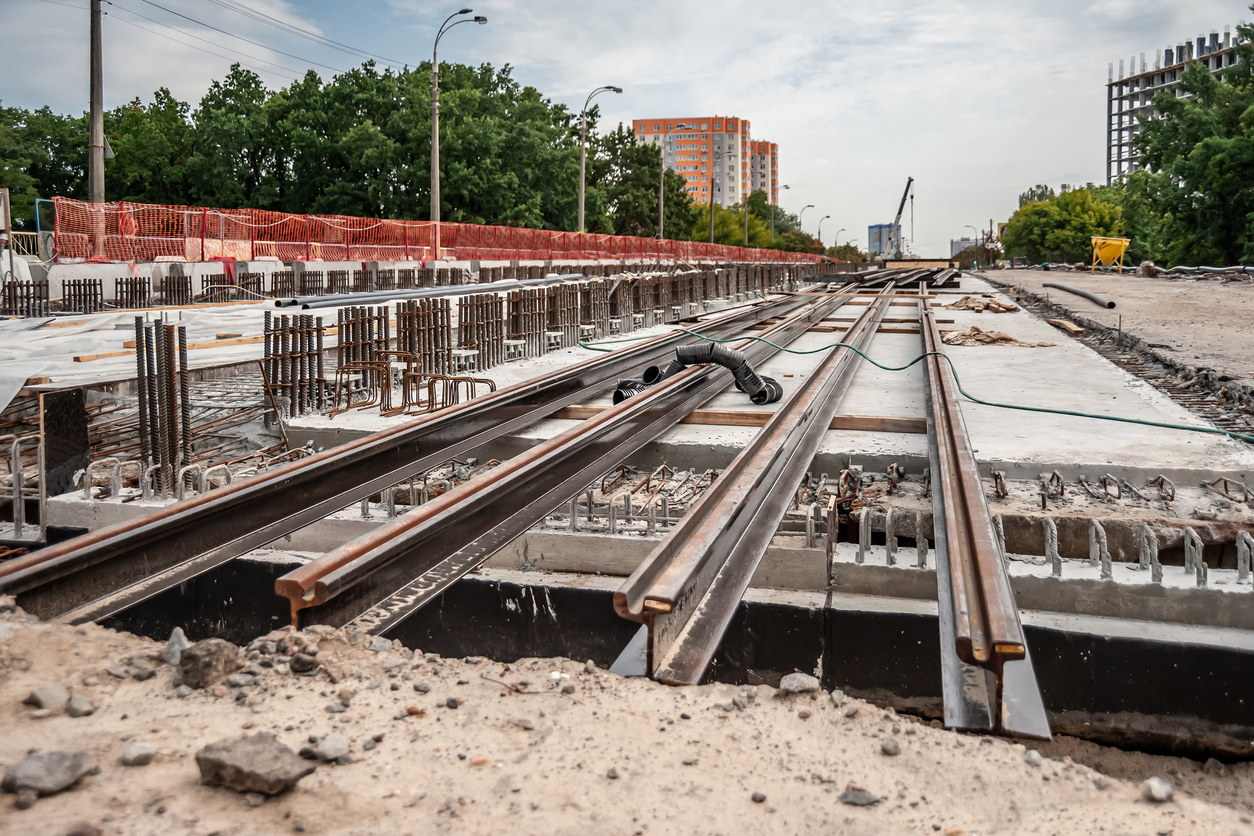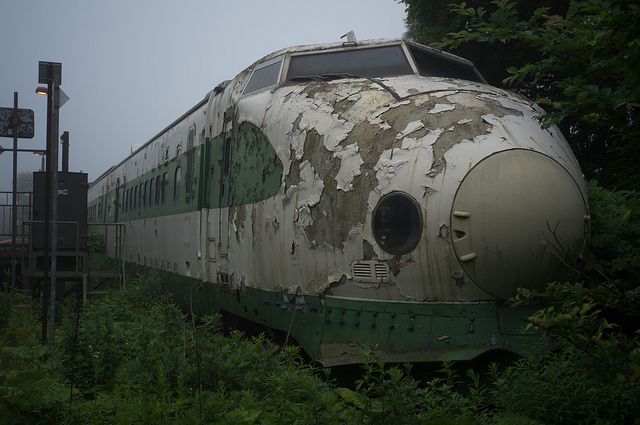Reduce congestion by building roads faster, smarter and on budget
Lawmakers closed up their fourth session of the year without agreement on how to improve the movement of goods and people on the state’s road network. Governor Inslee may call lawmakers into another session before the end of the year to pass a transportation package. State Senate and House proposals would increase the gas tax by 10.5 to 11.5 cents per gallon, but this may be hard to sell to the public as new polling data from Washington Policy Center shows many voters aren’t impressed with how state officials are currently managing the state’s roads, highways and bridges.
1. Lawmakers have not improved traffic flow. According to the statewide poll of 500 likely voters, 58 percent said that reducing traffic congestion is personally important to them, but even more think the state isn’t doing enough to make travel easier. Sixty-three percent gave state officials a negative rating.
The results aren’t surprising. Lawmakers eliminated performance benchmarks that guide how transportation taxes should be spent. State policy used to make faster travel times a top priority, but lawmakers repealed that guidance in 2007. Now lawmakers say it is acceptable if traffic gets worse, as long as longer travel times for people are “predictable.”
2. Voters don’t want new taxes for mass transit. Local bus agencies currently receive money from local taxes. Voters were asked if they would support a new state tax to fund local transit and 48 percent said they would oppose the new tax, while only 37 percent said they would support it. Even with low public support, the House transportation bill introduced earlier this year would shift $250 million in gas taxes to local bus agencies.
Transit serves the local community and should continue to be funded by local taxes. Bus agencies together already collect more in local taxes than the entire state does in gas taxes. Giving transit officials a cut of state revenue too would be unfair to the traveling public, breaking the promise that gas taxes are a true user fee.
3. Voters want gas taxes to be used for highways, not costly policies or other programs. The public wants state officials to build and maintain roads with less waste of their tax dollars. Seventy-two percent of respondents said that maintaining roads and adding lanes to reduce congestion should take priority over other uses, and a plurality want to pay for it by lowering the cost of building roads.
Citizens are told that a gas tax increase is needed for transportation infrastructure, yet much of the money unfairly gets diverted to other programs or policies. For example, the state currently charges itself sales tax on transportation projects, unnecessarily increasing project costs by $540 million over the last decade.
Excessive planning and permitting also leads to waste. Officials spent $400 million on planning and permitting for the new 520 bridge, more than the inflation-adjusted cost to build the entire bridge in 1963.
It doesn’t have to be this way. Under pressure in a crisis, state officials know how to build public projects faster and smarter.
When the Skagit River Bridge collapsed, state leaders eliminated administrative rules that normally would cause unnecessary cost and delay. By streamlining permits, securing funding upfront, and using design-build planning, the bridge replacement was finished in just four months. Under the usual rules, the project would have taken several years and cost twice as much.
Policymakers should make faster and smarter building the rule, not the exception.
The proposed gas tax increase would impose the fifth highest fuel tax in the nation on Washingtonians. Through multiple ballot measures, the public has shown an aversion to tax increases. Before increasing taxes, lawmakers should first show they want to serve the public interest, by providing congestion relief, keeping their promise to spend gas taxes directly on road projects, and building public projects faster and smarter. As people living near the Skagit River learned, we know they can do it.






